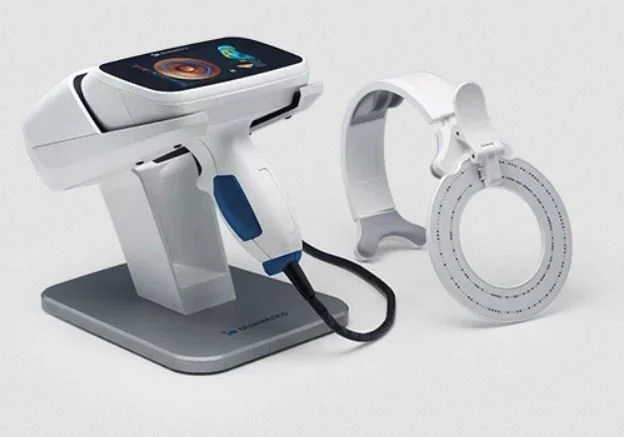Otoscan
Otoscan
Patient Forward
-
✺
Comfort
- Less invasive with minimal contact through the shape capture scanning process.
- Longer comfortable wearing times for your custom ear products.
-
✺
Safety
- Elimination of a sealed pressure chamber being formed as your ear is never fully sealed.
- Embedded use of new visual aids and cameras.
-
✺
Quality
- Shape data estimated to be 10-15% more accurate compared to the impression process. Begin clinical decision making with an improved base dataset.
- Reduce operational admin overheads with the included Otocloud infrastructure. No more impression transportation risks and costs.
-
✺
Engage
- Begin your patients journey with education and shared experiences discussing in real time a new way to see their unique ear qualities.
What is the Custom Advantage?
Increased Product Performance
Higher noise isolation, blocking or rejection can improve the performance of your audio products. By reducing competing audio sources you may increase definition and fidelity at lower volumes.
Re-enforce Hearing Journeys
Reducing operating volumes due to increased isolation and increased audio performance of your products reduces the reliance on volume and power for operation. Reducing operating volumes of your audio products re-enforces the hearing journey you’ve curated for your patients.
Other Benefits
Improved placement or fitting consistency, by customising to your ear there is only 1 specific way your product can be used/work which will be the most optimised, comfortable, and specifically designed orientation or placement.
Lower volumes may ease ear/listening fatigue in longer use situations.
Better audio isolation may lower cognitive loads or strain trying to separate intended audio sources from competing environmental audio sources.





